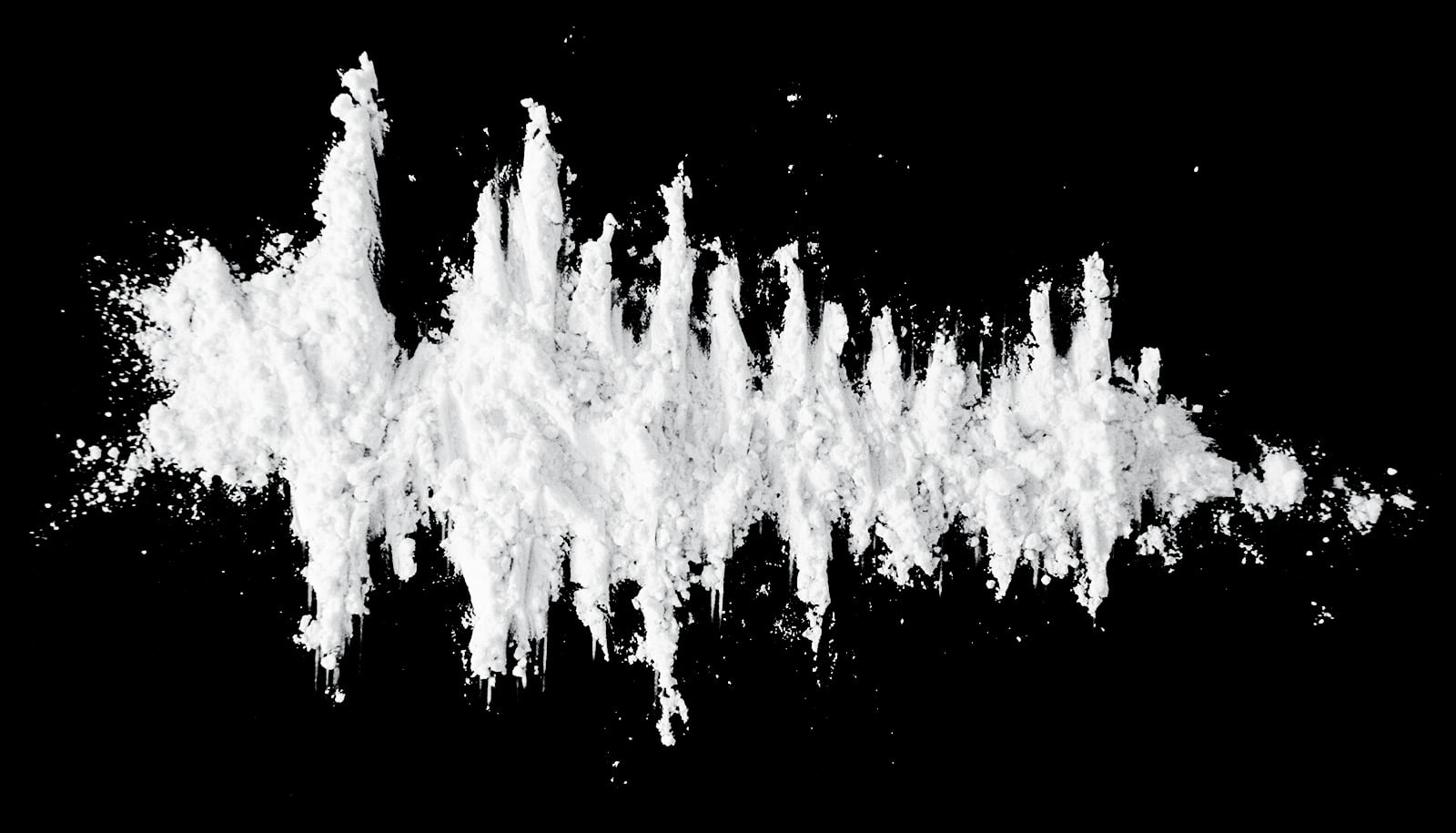Researchers have interrupted a neural pathway responsible for opiate-associated memories in mice.
Their success in preventing relapse in rodents may one day translate to an enduring treatment of opioid addiction in people.
Research surrounding addiction often assumes reward is the primary motivation for drug use and relapse. But while chasing a “high” can prompt drug use, it’s often the acute symptoms of withdrawal—which can include nausea, vomiting, pain, and cramping—that drive a return to drugs for relief.
“The most difficult part of treating addiction is to prevent relapse, especially for opioids,” says Xiaoke Chen, an associate professor of biology at Stanford University. Opioid withdrawal symptoms are severe and relapse among users is common.
“To prevent relapse, we really need to deal with the withdrawal,” he says.
Both the reward of the drug “high” and the alleviation of agonizing withdrawal symptoms can serve as powerful memory cues that trigger drug cravings and lead to relapse. As a result, Chen says his lab treats drug addiction as a memory problem.
The new research appears in Neuron.
Addiction, mice, and memory
The mice in the study were introduced to a two-sided chamber, differentiated by tactile and visual cues. On one side they received a drug-free saline solution; on the other, a small dose of morphine. For four days the mice went through “training,” associating the two sides of the chamber with either saline or morphine.
When their memory was tested on the fifth day, the animals had unsurprisingly developed a compulsive preference for the chamber with morphine.
Chen’s lab previously traced the animals’ learning and memory to a key node in the brain known as the paraventricular thalamus (PVT), which connects to multiple brain regions involved in drug addiction. By using optogenetics, a light-based technique developed by Karl Deisseroth, a professor of bioengineering and of psychiatry and behavioral sciences, the team was able to precisely control the activity of various pathways at different points of the drug experience.
Once the mice had become morphine dependent, turning off or silencing a PVT pathway previously found to be important for withdrawal abolished their preference for the drug-associated chamber. When the mice were tested a day later without silencing—so the withdrawal pathway could function again and theoretically reactivate the memory—there was surprisingly still no preference for the drug-associated chamber.
“Our data suggest that after silencing this PVT pathway, environmental cues will not work to reactivate this memory,” says Chen. Even when morphine was reintroduced to the mice, the animals still did not preferentially go to the morphine-paired chamber, and this held true even two weeks later. It’s as if the animals had completely forgotten the effects—both good and bad—of the drug.
“We haven’t tested a later time point than two weeks,” says Chen. “But we think it’s very likely the memory is just gone.”
The scientists call this silencing of the PVT pathway “erasure” because the drug-associated memory is effectively erased from the brain. They believe two crucial components for achieving memory erasure are location and timeframe. Manipulation of the pathway must be done while the animal is inside the memory-associated environment, which in this case is the drug-associated chamber, and when the animal is in withdrawal.
“The memory first needs to be reactivated to provide an opportunity for precise memory manipulation,” says Chen. “You don’t want to erase the entire memory; you only want to erase the part that’s associated with the drug.”
Once reactivated, there is a window of opportunity for updating the drug-associated memory. Just as past days’ experiences can link to present experiences, scientists could strengthen and reinforce the memory by providing the drug, or weaken it by changing the association; this is the basis for an existing addiction treatment known as extinction training.
The work by Chen’s lab suggests the possibility of a third option: erasing the memory entirely by silencing the PVT pathway.
New treatments?
Optogenetics is a research tool that’s helpful for illustrating the role of the withdrawal state and its contribution to the maintenance of drug-associated memory, but it is neither practical nor convenient for the treatment of drug addiction in people.
According to Chen, the effects of optogenetics may be mimicked through deep brain stimulation of the same PVT pathway using electrodes, though he says these forms of treatment are still a long way off. Deep brain stimulation has been used to effectively treat tremors in Parkinson’s patients and has been employed in clinical trials for treating depression.
“Drugs as a stimulus can drive a very robust behavior,” says Chen. “I want to understand the mechanism underlying that behavior and hope that this knowledge can help address the devastating opioid epidemic in the US.”
Additional coauthors are from Stanford and the Shenzhen Key Laboratory of Drug Addiction contributed to the work.
Funding for the research came from the Whitehall Foundation, the Firmenich Next Generation Fund, the Terman Fellowship, the Wu Tsai Neurosciences Institute’s NeuroChoice Initiative, the National Institutes of Health, the National Institute on Drug Abuse, the Brain and Behavior Research Foundation, Shenzhen governmental grants, a Guangdong Laboratory Research grant, the National Natural Science Foundation of China, the Guangdong Provincial Key Laboratory of Brain Connectome and Behavior, and the Chinese Academy of Sciences International Partnership Program.
Source: Lara Streiff for Stanford University



